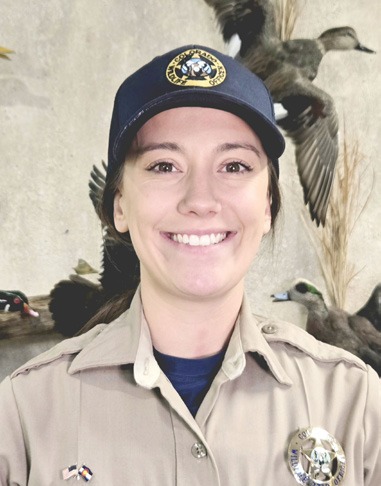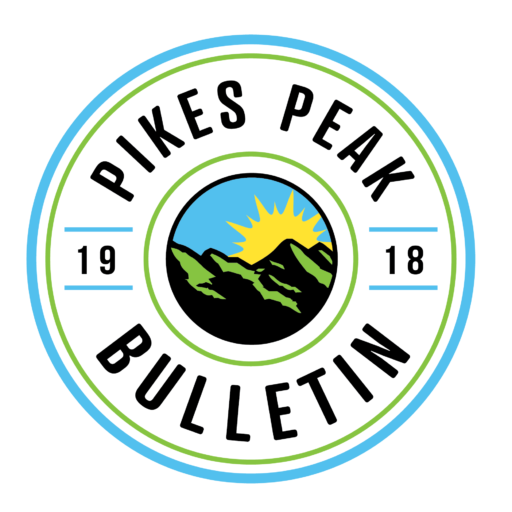BY DEMETRIA WRIGHT/DISTRICT WILDLIFE MANAGER, CPW 
Editor’s Note: This is a regular monthly column from Colorado Parks and Wildlife about wildlife issues in the Manitou Springs area by a career wildlife officer.
Happy 2025, Manitou Springs!
The beginning of the year always makes me nostalgic and this year is no different. Especially since 2024 brought so many changes and excitement to my life, starting with the launch of my career at Colorado Parks and Wildlife.
What a year it was: taking over as a Wildlife Officer in the Manitou Springs area brought many exciting moments including law enforcement, wildlife management, education and public outreach.
Every day I got to interact with amazing animals including deer, elk, birds, bears, bighorn sheep and so many other neat critters. Even better, I got paid for the privilege!
I suspect many of you share my excitement of seeing wildlife up close on any given day. Isn’t that why we live and work in places like Manitou instead of larger cities? I love seeing them as I’m sure all the residents do as well.
But as much as I love seeing them, deer pose a significant challenge and even a risk to the community and to motorists.
Deer in yards are a normal and valued occurrence in our community. My goal is to make sure that occurrence is safe for people and wildlife.
As we enter into the winter months, I often get asked: “What do the deer eat?” Another common question is: “How do they survive in winter?” And then there is this: “Shouldn’t we feed them?”
Mule deer will eat grasses and other plants in the spring and summer. In winter, deer will switch to eating twigs and buds. Deer are incredibly adaptable to weather conditions and can most often find a food source. They’ve been doing so for eons, long before humans showed up with bags of corn or birdseed or carrots or whatever.
Deer are incredibly adaptable to weather conditions and can most often find a food source.
Remember, for wild animals to thrive, we must let them follow their instincts and find food naturally. In fact, it’s illegal to intentionally place or distribute feed for deer in Colorado. Although you may find a product labeled as “Deer Feed” at local feed or hardware stores, it is still illegal to put it out for deer.
Feeding deer causes them to congregate in unnatural numbers and spread chronic wasting disease, or CWD, which is fatal to deer.
Additionally, deer can die if fed the wrong food. Hay, grain feed, pet and human foods can actually hurt deer more than help them. Their stomachs are incredibly sensitive to these foods and it can cause immediate illness.
Congregating deer in your yard due to feeding can also cause unintended consequences. Mountain lion populations are robust in the area and they primarily feed on deer. If someone is feeding deer they are undoubtedly attracting more predators to the area.
Lastly, when deer get fed, they become habituated to people and learn to expect food when they see us. This can lead them to become aggressive and dangerous to people, especially children, and to pets.
Most importantly, remember that deer are naturally occurring in the area and you are likely to see them without providing any other attractants. If you are hoping to see some wildlife in your area in a safe and respectful manner. Here are some tips for wildlife viewing:
- Wildlife are most active at dawn and dusk so plan to go out in the morning or evening
- Keep your distance, bring a pair of binoculars for a close up feeling
- Keep quiet and still, unexpected noises or movements will cause them to run
- Viewing from inside a vehicle or home is best not to disturb wildlife
My hope is to keep our deer populations robust and healthy so that people in our community can enjoy them for generations to come. I hope you’ll join me on this mission.
In the coming months, I’ll share more stories as I write about wildlife stories issues in our community: If you have a question, problem, or column idea, please email me at demetria.mcdowell@state.co.us or call me at 719-439-9640.
I might even answer your question in a future installment of “Wildlife Matters.”

